
Industry bodies have told MPs the impact of boom and bust on the supply chain is the worst its members have ever seen.

Industry bodies have told MPs the impact of boom and bust on the supply chain is the worst its members have ever seen.
Representatives from Network Rail (NR), Railway Industry Association (RIA) and Rail Forum (RF) all gave evidence at the Transport Select Committee’s hearing on boom and bust in rail investment pipelines on May 7.
Going first, NR’s Chief Executive Sir Andrew Haines said he would not use the term “boom and bust”, but admitted the railway was hitting an “inflection point” between big infrastructure improvements and the impact of inflation.
“We are probably spending more money on enhancements in our network than we’ve done for 100 years, in real terms,” he said, highlighting annual spends of £7 billion and £1bn on HS2 and Transpennine Route Upgrade respectively for the next six-seven years.
“If you’re in those projects you’re part of the boom, but if you’re not those projects then the pipeline of funding available or other projects is much more reduced,” he said.
But he said it would be “factually inaccurate” to say NR was going through a bust phase, telling the committee that overall spending level was not of boom and bust with projects such as HS2, TRU and the Elizabeth line included.
But he said there was “absolute volatility in how that money is spent”. Referring to electrification has said there was “almost a generation of no electrification”.
“As a result, we didn’t have a skill base in the country that optimised it. Our standards turned out to be very, very risk adverse and drove costs, out contracting was quite immature, and then because of the political imperative we ended up contracting too soon, and then bearing a lot of risk.
“We have now dealt with the majority of those issues. Our unit rates for electrification in Scotland are now very, very competitive internationally because we now have fit-for-purpose standards, we have a good contractor we’ve got a long-standing relationship with.
“In the meantime electrification has dropped down the priority list, partly because in a national decarbonisation strategy the railway perhaps represents a very small percentage of our carbon budget and therefore the incremental benefit you get from decarbonisation of the railway is not as great as you do for other parts of the economy.”
But he said the industry had learned its lessons and could deliver better unit rates than the Great Western electrification programme.
Haines also told the committee about the impact of inflation, saying its regulatory settlement has been “eroded”.

When asked about communication with the supply chain, Haines said: “Historically we’ve not been very good at transitioning from one control period to the next. We’ve done rather better than that in the most recent control period.
“We’ve spent something like 19.2% of our five-year settlement in the first year (of CP7). Where the supply chain have been really concerned is that 19.2% hasn’t gone as far as it has in previous years because we’ve seen very significant increases in inflation.”
Haines said ballast costs had risen 80% since 2018, concrete sleepers were up 75% since 2019 and signalling costs were up by about £400 million over CP6.
“Although we’ve given visibility of the work it’s not crystalising into as many orders as the supply chain want to have. Where we’ve not been good enough this time is translating what money means in terms of orders.
“We’ve contracted more of the work, but it’s been fewer contracts than I think many of the suppliers were expecting. So, where they’re finding they’ve got grief, talking in some cases about workforce redundancies, it’s not because we haven’t smoothed the flow, it’s because the value of the settlement has been reduced by what we know are two or three years of abnormal inflation.”
The concerns about the impact of contracts coming through was laid out by two industry bodies which gave evidence after Haines.
Rail Forum’s Vice Chair, Michelle Craven-Faulkner, said members had told them the way Network Rail has released money through contracts has “led to a really difficult time”.
“We’ve had members tell us it’s the worst they’ve ever seen it. This is leading to redundancies, businesses closing at the moment because there isn’t that certainty of work,” she said, hoping Great British Railways can bring greater clarity.
Noel Travers, Chair of Railway Industry Association, said there “absolutely has been boom and bust, but what we’re experiencing at the moment is way beyond anything I’ve experienced in my career”.
He told MPs this was down to the rail reform programme, the start of CP7 being “particularly difficult caused by the end of CP6 also being particularly difficult” and devolution within Network Rail to its routes and regions.
While agreeing with rail reform and NR devolution, he commented: “What hasn’t been considered is the impact that those things have had on the industry’s ability to spend its money efficiently and effectively.”
Robert Cook, RIA’s Policy Director, displayed three charts showing spikes on NR renewal spends since privatisation, rolling stock orders between 1988 and 2024 and electrification of single track kilometres between 1969 and 2024, the latter coming with a comparison to a more consistent electrification programme in Germany.

Cook said: “We’re seeing reports from companies right across the sector that they are struggling at the moment,” highlighting the National Skills Academy for Rail’s annual workforce survey that showed a 9.4% shrinkage in the industry’s workforce, which matches RIA’s own research.
Both organisations said members had reported low levels of confidence from larger and smaller companies.
Elaine Clark, Rail Forum Chief Executive, said boom and bust means firms don’t know what types of staff they need to recruit, how many, or where from, and they’re also unsure how long they’ll be needed, but said larger firms are big and diverse enough to weather storms from inconsistent work compared to small and medium-sized enterprises.

She also spoke of the “artificial cliff edge” at the end of control periods that reduces the five-year visibility to around 12 months when approaching the end of the planning process.
“We believe the five years is a good base to work from, but it could be improved if there was, say, a five plus two, where there’s a much better planning for two years so we didn’t have that artificial break between control periods,” she added.
Craven-Faulkner said uncertainty was also a barrier to innovation but added that specifications are “so prescriptive there’s no room for innovation” that could reduce costs.

Haines also told MPs he thought the rail network investments pipeline was a “flawed proposition” when asked why it hadn’t been updated since 2019.
He argued that it was “owned politically and is therefore subject to shifting political priorities, it’s not a strategy for the railway”.
He said new ideas get added to the list but “nobody wants to take anything off” meaning numbers “don’t add up, and the easiest way to not expose that is to not publish the pipeline”.
Haines said having prioritising the list would provide better value and give the supply chain more confidence.
Travers agreed with Haines’ comments on potential political sway on the pipeline document and that there should be a pecking order.
“We as an industry do need a long-term plan. We don’t need long-term commitments, but we do need a plan so we can see where investment is going to be made to meet an even longer-term strategy that should be set from government, and we can start to plan, recruit, invest, train, to meet some of those commitments if they’re coming against a long-term plan.”
Login to continue reading
Or register with RAIL to keep up-to-date with the latest news, insight and opinion.

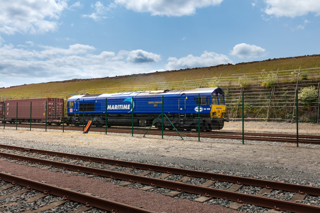
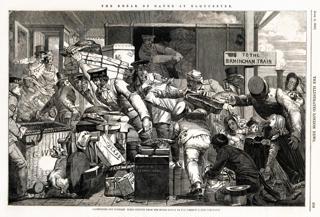
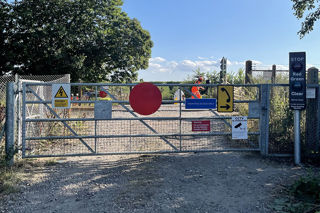
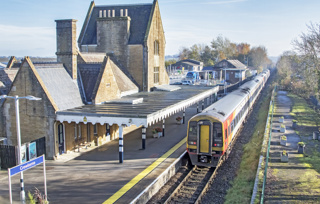
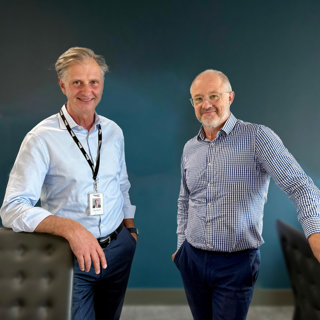

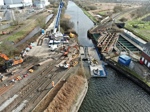







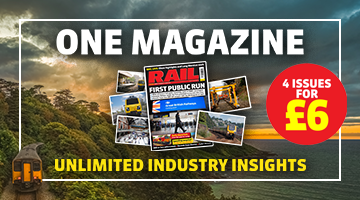

Login to comment
Comments
No comments have been made yet.